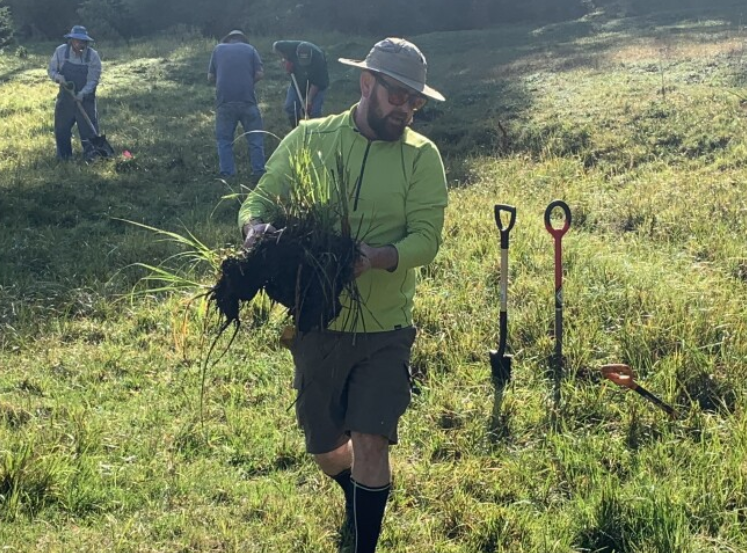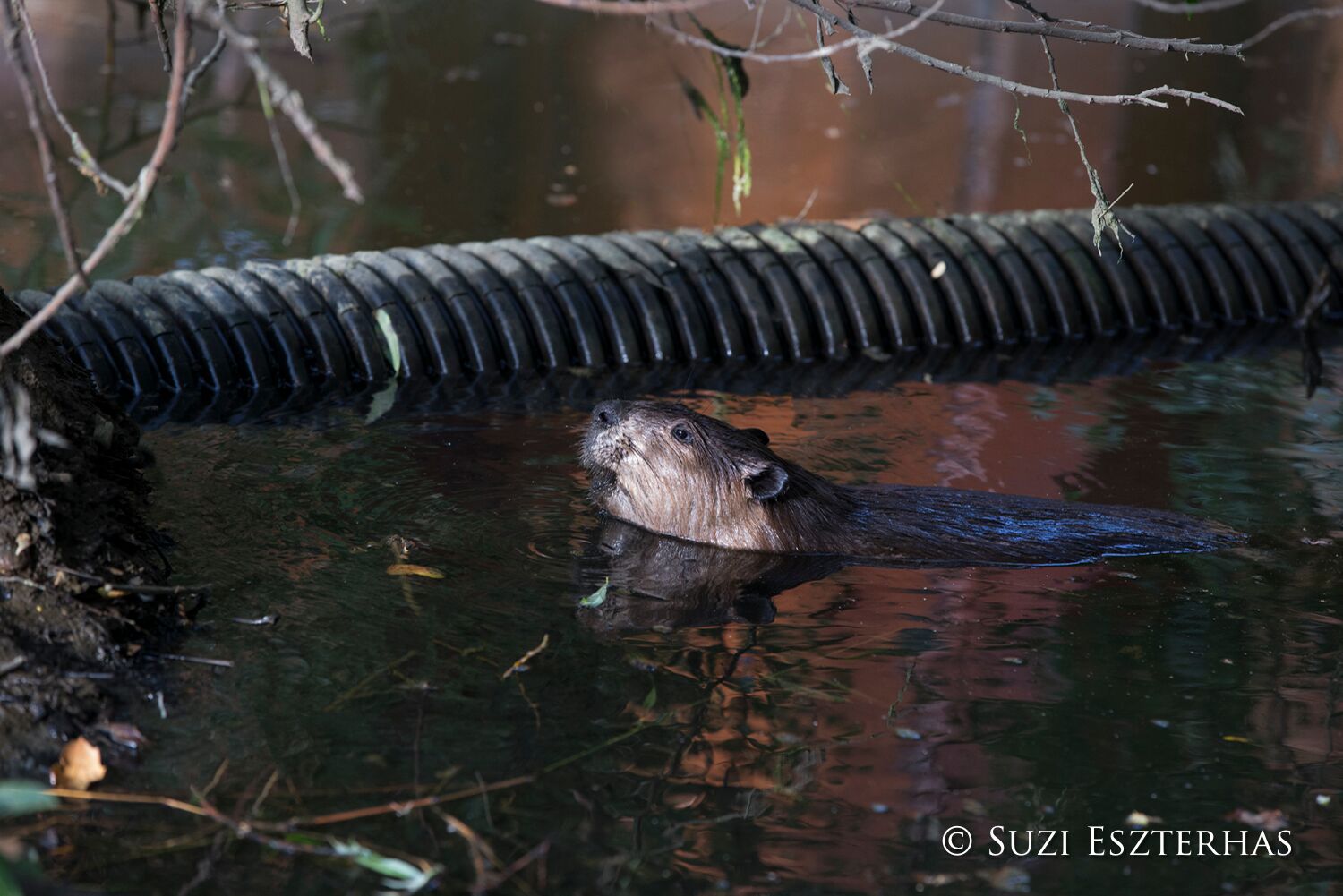Things in South Dakota are looking better and better for beaver. They are putting more BDAS in the Black Hills but the original report said they mimic “”Beaver lodges” (Which I guess would make them BLAS?)
Of course I helpfully wrote the producer and he wrote back and changed the copy! How nice when people are actually learning and doing new things!
Beaver dams, drinking water, and conservation in the Black Hills
 On a perfect September day, a few dozen passionate conservationists are installing beaver dam analogues, or BDAs. In a secluded corner of the Black Hills, it’s a mission in water security, habitat maintenance, and environmental care.
On a perfect September day, a few dozen passionate conservationists are installing beaver dam analogues, or BDAs. In a secluded corner of the Black Hills, it’s a mission in water security, habitat maintenance, and environmental care.
Beavers are a crucial part of the Black Hills ecosystem, but it hasn’t always been an easy path for North America’s largest rodent. Seen by some as a pest, beavers are ecological regulators and water professionals.
The group of volunteers cut sod and wood to build structures that effectively function as a beaver dam in an area that desperately needs them. Imagine shingling your roof, but with blocks of mud and pine.
It’s work that was once done by beavers, which are now rare in the Black Hills.
Steve Kozel is the Northern Hills District Ranger. He explained exactly what this effort will accomplish.
“If you come back a month from now, two months from now, you’re going to see a difference in terms of the water table,” Kozel said. “The grasses, the sedges are starting to expand, so you’ll really see some immediate results. Coming back next year, you’re going to see changes in plant composition. Where it has been dry, you’re going to see more water loving plants such as your sedges.”
Letting beavers behave like beavers and not trapping them is of course the very best way to save water. I’ll tune in for that show next Saturday, right?
“Water quality, quantity, and security,” Stover said. “The more water we can retain on the landscape, the more water will continue to flow into Pactola (reservoir) every year, and that’s water security, man. The amount of water (beavers) can hold back on the landscape is immeasurable. It really comes down to water security, for Rapid City and the Black Hills.”



 She is doing the lord’s work and it’s a massive problem. Not just for beavers and birds but for otters and bobcats and every living thing that passes on the shore or dives in the water.
She is doing the lord’s work and it’s a massive problem. Not just for beavers and birds but for otters and bobcats and every living thing that passes on the shore or dives in the water.






































